12 Famous Temples in Ujjain You Shouldn’t Miss on Your Spiritual Journey
Ujjain, one of the seven holiest cities of India (Sapta Puri) is a destination where spirituality, ancient wisdom, and mythology come alive. Situated on the...
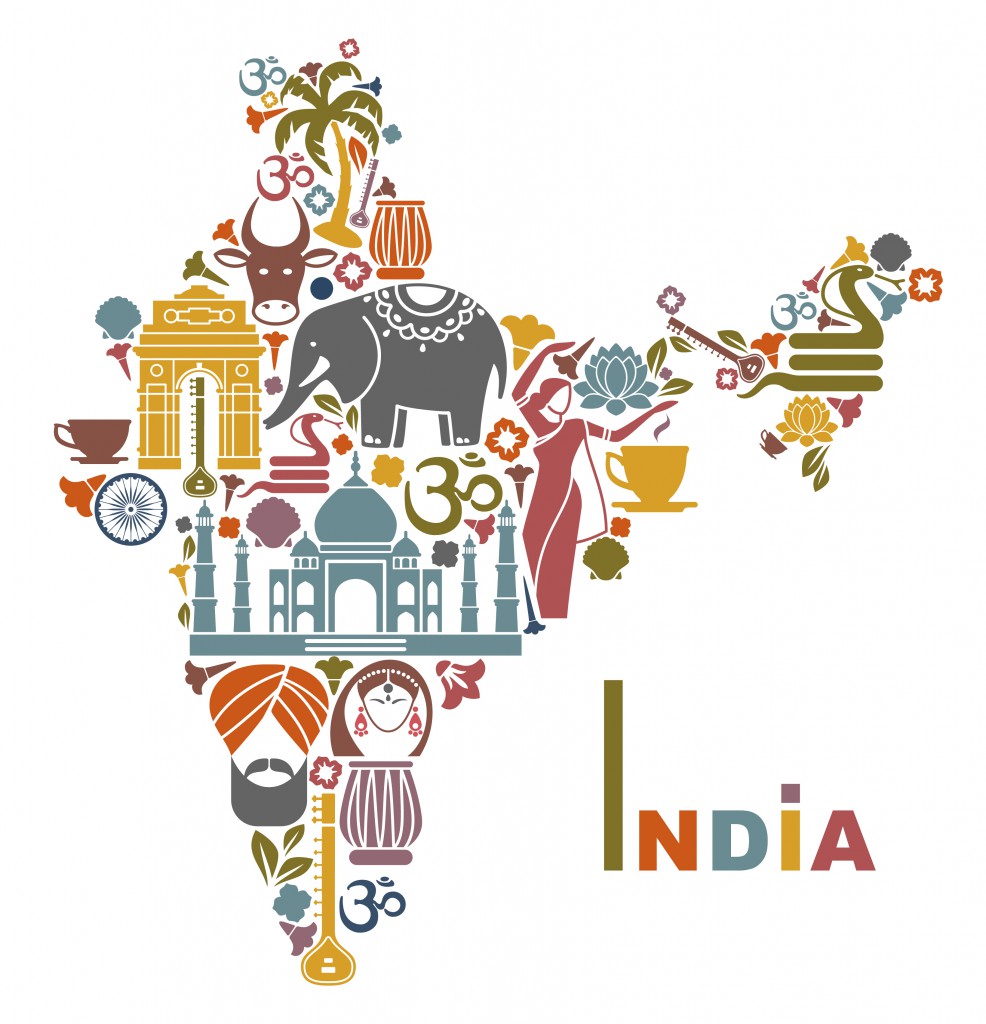
India, a country so vast and diverse, has a myriad of cultures, languages, and traditions. However, it is often misunderstood by those who have never set foot here, resulting in several stereotypes about India. While these beliefs have persisted in popular culture, the truth is that they are far from accurate. Let’s look at seven of these stereotypes and debunk them one by one, so you can have a clearer understanding of this incredible country.
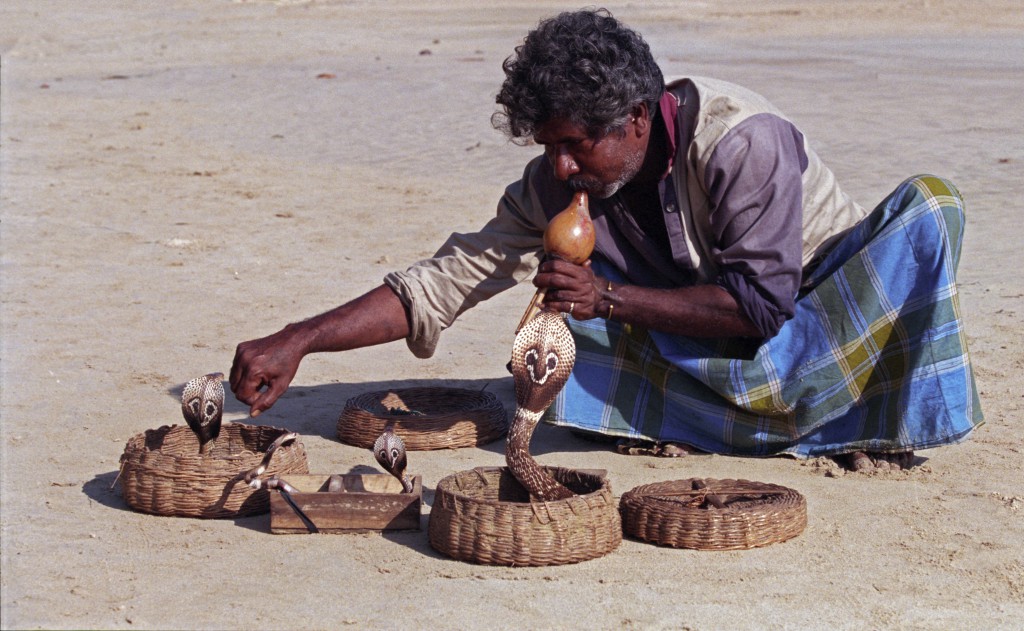
It’s a well-known stereotype that India is home to snake charmers and people riding elephants through busy streets. While these images may have been romanticized in movies and literature, the reality is quite different. Snake charming and using animals for entertainment purposes is illegal in India. In fact, much of this imagery has been largely phased out due to changing laws and awareness. Elephants are revered as sacred animals in India, but they’re not commuters in the cities! If you do spot an elephant, it’s likely part of a cultural or religious ceremony.

Many people assume that India is hot and humid year-round. In truth, India’s climate is incredibly varied. From the snow-capped mountains of Kashmir and Manali in the North to the tropical beaches of Goa and the Andaman Islands in the South, the country experiences all sort of weather conditions. The monsoon rains in the northeast, particularly in Cherrapunji, contrast with the arid desert landscapes of Rajasthan. There’s something for every weather preference in India.
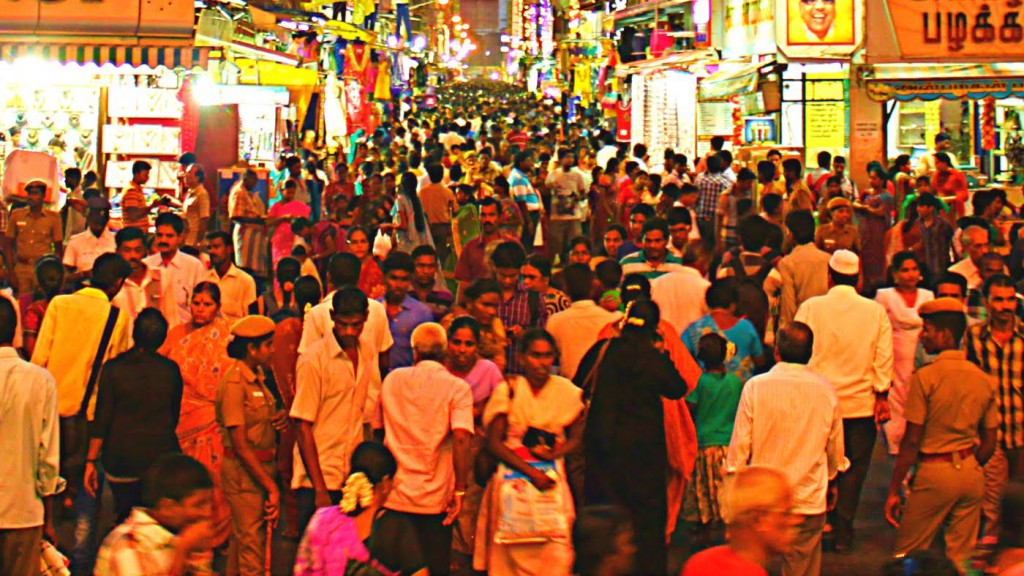
Yes, it’s true that India’s streets are bustling with energy, people, and traffic. But that doesn’t mean every street is a chaotic mess. India’s streets can certainly be crowded in certain cities, especially during festivals or rush hours. However, you’ll also find peaceful and quiet areas, whether in the countryside or well-planned urban spaces. And while it’s common to see cows wandering freely in some cities, this is part of India’s unique way of life and reverence for animals, especially cows, which are sacred in Hinduism.
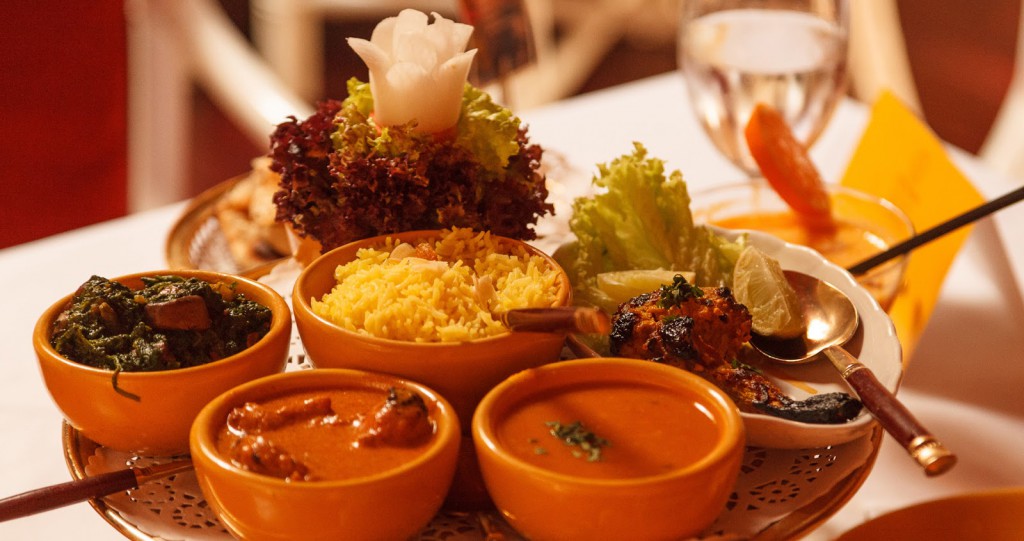
One of the biggest misconceptions about Indian cuisine is that it’s all about spicy curries and butter chicken. While spices are certainly a defining feature of Indian food, the diversity of its regional cuisines is far beyond what you may have encountered at Indian restaurants abroad. Punjab, for instance, is known for its rich gravies, but South India offers lighter, rice-based dishes with coconut flavours, while Bengal specializes in delicate fish preparations. Each state in India has its own food traditions and flavour profiles, and not all Indian dishes are spicy or oily.

A common stereotype is that Indians often speak excessively or about trivial matters. While it’s true that Indians are known for being friendly and chatty, they also possess a great sense of hospitality and warmth. Conversations may range from the philosophical to the mundane, but this is part of the Indian charm. Whether it’s engaging in friendly banter or sharing personal stories, this openness is how they express themselves and connect with others, often making guests feel right at home.
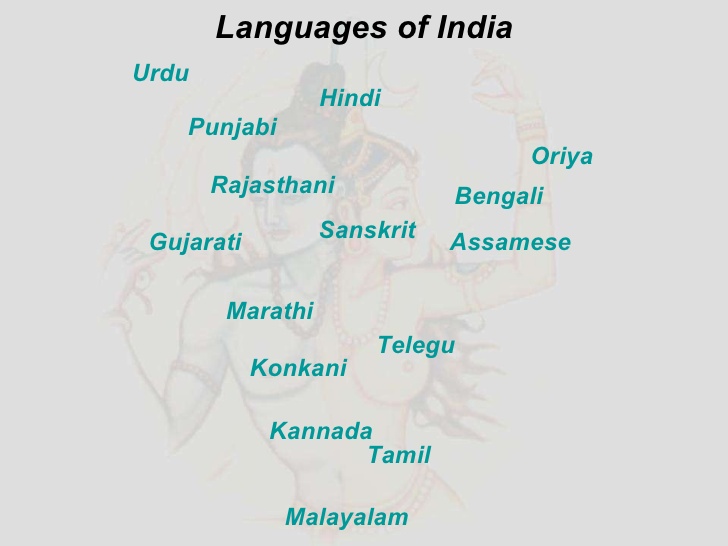
India is a country of extraordinary linguistic diversity. It’s often believed that there are hundreds of languages in India, and while the exact number may vary, it’s true that India has 22 officially recognized languages and hundreds of dialects spoken across its vast geography. From the Punjabi language of the North to Tamil in the South, India’s languages reflect its rich cultural fabric. However, despite these differences, Indians are known for their warm hospitality and often go out of their way to help visitors, even if they don’t speak the same language.
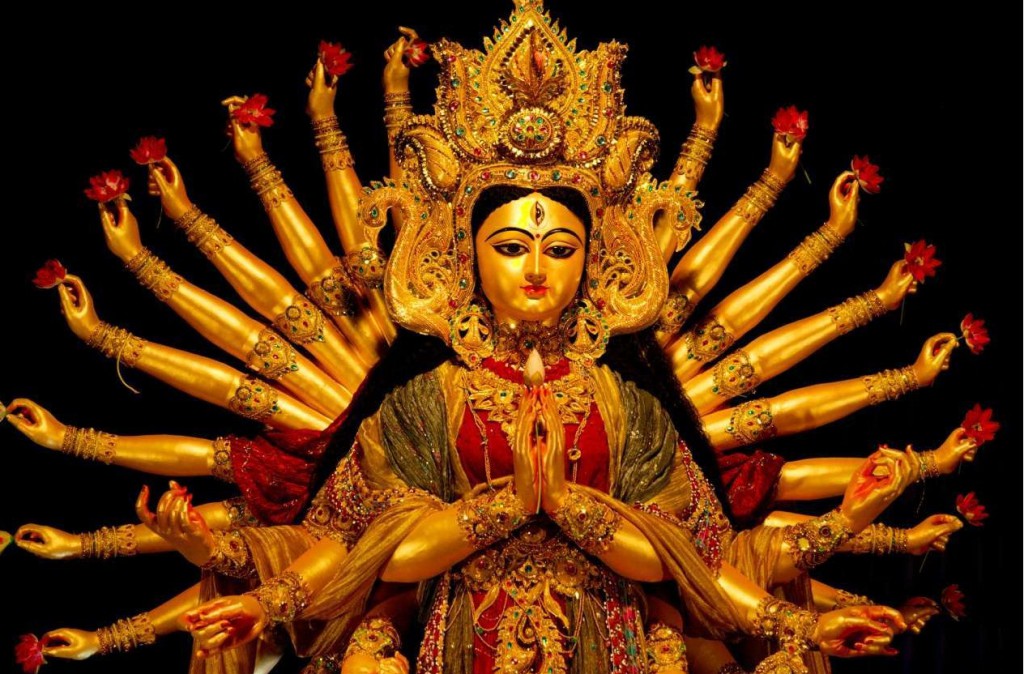
It’s said that India has 33 crore gods (330 million gods), which often leads to the stereotype that every day is a festival in India. While it’s true that there are many deities worshipped in Hinduism and other religions practiced in India, this belief exaggerates the scope of religious practices. The festivals of India are a vibrant reflection of its rich culture and history, with major celebrations such as Diwali, Holi, and Durga Puja, but these festivals don’t occur every day. India’s festivals are a celebration of spirituality, community, and tradition, bringing people together in joyous occasions.
These stereotypes about India often stem from a lack of understanding or first-hand experience. India is a land of endless diversity, and the more you explore, the more you realize how much there is to experience and appreciate. If you’ve held any of these misconceptions, it’s time to break free from them and discover the true essence of India.
India’s rich culture, spirituality, landscapes, and people are waiting for you. So, why not plan your next adventure with GeTS Holidays? Whether you seek spiritual enlightenment, a culinary adventure, or a cultural exploration, India offers all of that and much more.
Embrace the real India, and see the country for what it truly is!
Ujjain, one of the seven holiest cities of India (Sapta Puri) is a destination where spirituality, ancient wisdom, and mythology come alive. Situated on the...
South India is home to some of the most breathtaking temples in the world, living testaments to devotion, architecture, and timeless artistry. Each south Indian...
Winter in India is a season of sheer beauty, contrast, and calm. As temperatures dip, the country takes on many forms, from snow-blanketed mountains up...
You are one step closer to having the best journey of your lifetime! Talk to us, write to us all that you have envisioned for your India trip, and one of our travel experts will connect with you on priority. To help you explicitly we have WhatsApp and Email addresses!